|
|
Stefano Carboni and David Whitehouse. Glass of the Sultans. — New York, 2001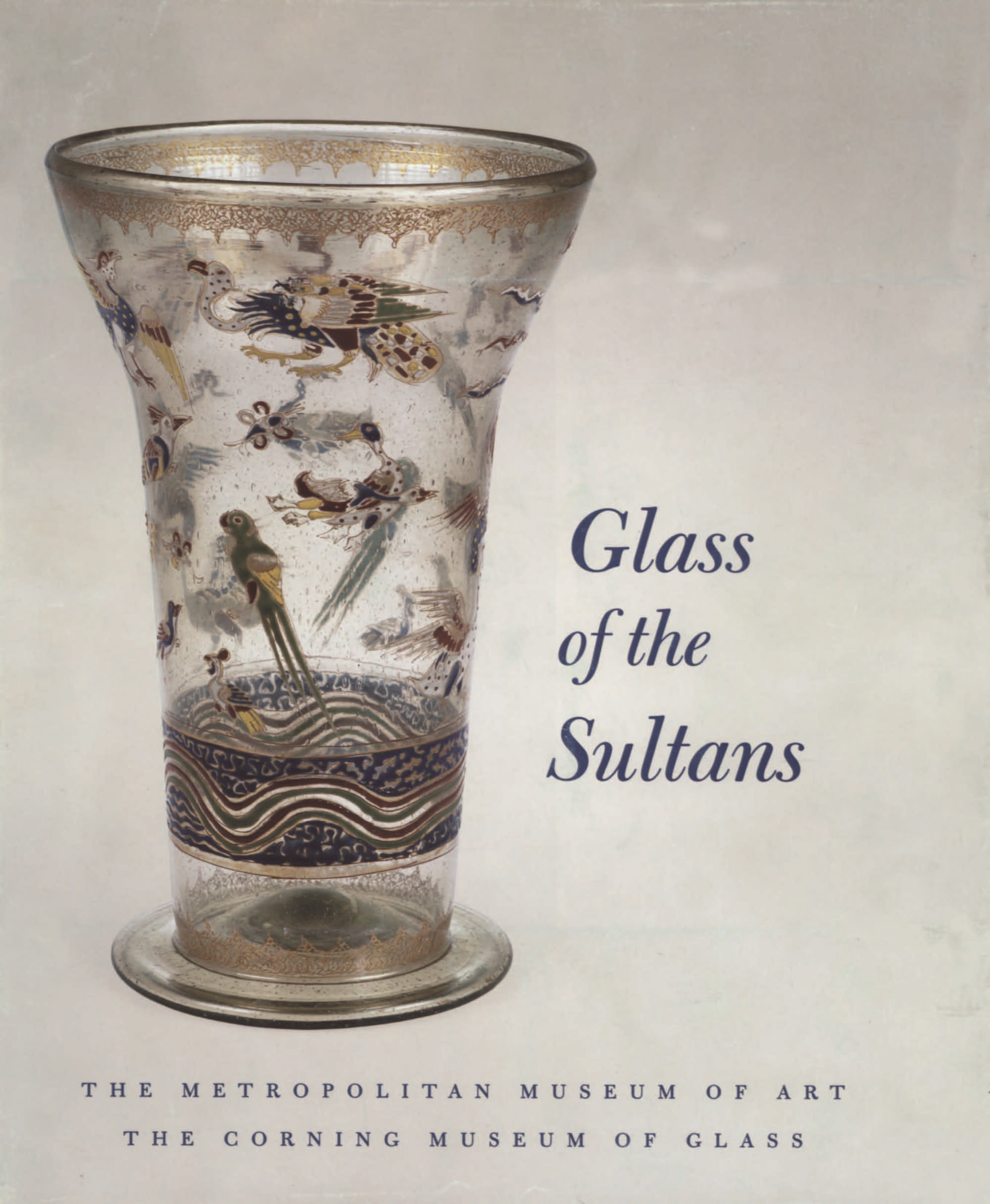 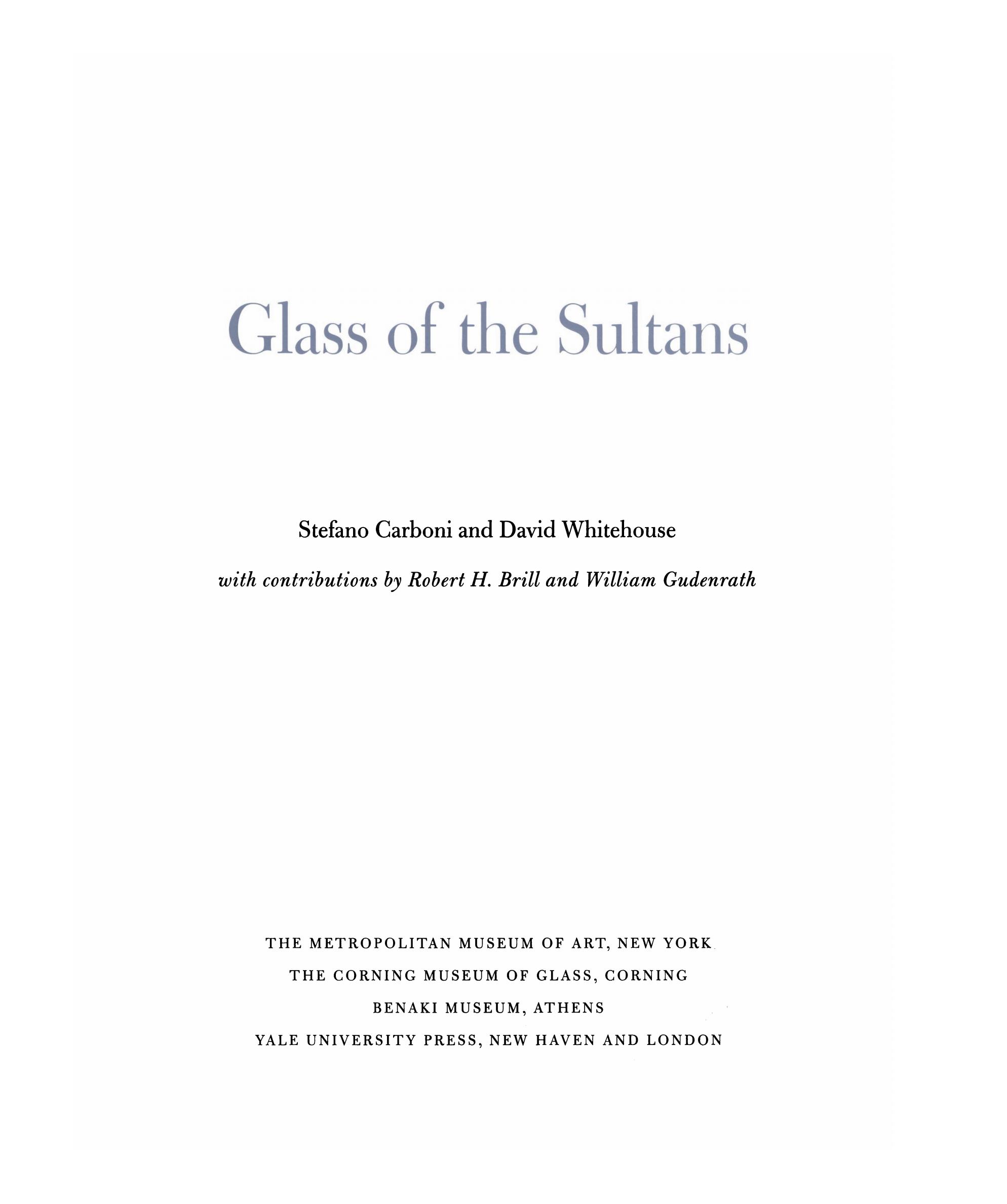 Glass of the Sultans / Stefano Carboni and David Whitehouse, with contributions by Robert H. Brill and William Gudenrath. — New York : The Metropolitan Museum of Art, 2001. — 330 p., ill.
Islamic glassmakers were not only brilliant technicians and innovators in their own right, but they also preserved many of the methods of their Sasanian and Roman predecessors, passing them on centuries later to Venetian and other masters. Glass of the Sultans is the first comprehensive study of the accomplishments of these craftsmen, which are of lasting significance both to Islamic and to world art. Drawing on objects from numerous domestic and foreign collections, the volume ranges from the seventh to the nineteenth century and through many of the major artistic centers of the Muslim world—and beyond, to India and Europe. It is the catalogue of an exhibition held at The Corning Museum of Glass, Corning, New York; The Metropolitan Museum of Art, New York; and the Benaki Museum, Athens.
Five essays present the most current scholarly assessment of the subject. The first focuses on how several factors—the customary lack of inscriptions on the objects, the fragility of their material, and their widespread dispersion through trade—complicate any study of the history of Islamic glass production. The next essay traces the interest in these objects, which has continued to grow since its first blossoming in Europe during the mid- and late nineteenth century. Archaeological discoveries—from the earliest excavations at Fustat, Samaria, and Nishapur to more recent finds from the Serce Limam shipwreck, off the Turkish coast, and from the Famen Temple, in China—are the subject of the third essay. In discussing the chemistry and technology of Islamic glass, the fourth essay touches on such important topics as how the chemical composition of an object may throw light on its provenance and what a typical medieval Islamic glass factory must have been like. Finally, various relevant glassworking and glass-decorating techniques are described and shown in more than seventy illustrations.
The 157 masterworks published here, many for the first time, constitute the most generous selection ever of high-quality Islamic glass. They cover a wide variety of objects, from perfume flasks to mosque lamps, candlesticks to drinking horns, inkwells to lutqqa bases. All the important Islamic glassworking and glass-decorating techniques are represented, ranging from the simplest undecorated free-blown objects through examples of mold-blown, hot-worked, mosaic, and cut and engraved glass and culminating in the elaborate gilded and enameled vessels that mark the pinnacle of the Islamic glassmakers' art. Also of interest are the examples of European glass objects either made for the eastern market or directly inspired by Islamic models, such as a thirteenth-century Venetian enameled beaker and nineteenth-century versions of mosque lamps by Philippe-Joseph Brocard and Émile Gallé.
About the authors
Stefano Carboni is Associate Curator in the Department of Islamic Art at The Metropolitan Museum of Art.
David Whitehouse is Executive Director of The Corning Museum of Glass.
Robert H. Brill is the research scientist at The Corning Museum of Glass.
William Cudenrath is the resident adviser at The Corning Museum of Glass.
Contents
Lenders to the Exhibition ... VI
Directors' Foreword ... VII
Acknowledgments ... IX
Glass Production in the Islamic World: A Historical Overview ... 3
Stefano Carboni
The Growth of Interest in Islamic Glass ... 8
David Whitehouse
Archaeological Excavations of Islamic Glass ... 14
Stefano Carboni
Some Thoughts on the Chemistry and Technology of Islamic Glass ... 25
Robert H. Brill
A Survey of Islamic Glassworking and Glass-Decorating Techniques ... 46
William Gudenrath
Undecorated Blown Glass ... 71
David Whitehouse
Mold-Blown Glass ... 81
David Whitehouse
Hot-Worked Glass ... 101
Stefano Carboni
Mosaic Glass ... 147
David Whitehouse
Cut and Engraved Glass ... 155
David Whitehouse
Painted Glass ... 199
Stefano Carboni
Glass in the Age of the Empires ... 275
Essay by Stefano Carboni; entries by Stefano Carboni and David Whitehouse
Imitations of Islamic Glass ... 297
Essay by David Whitehouse; entries by David Whitehouse and Stefano Carboni
Glossary ... 312
David Whitehouse
Bibliography ... 314
Index ... 324
Photograph Credits ... 330
Works of art: photo
Bottle. 7th–early 8th century. This bottle is a rare example of hot-worked glass decorated in the so-called spectacle pattern, in which horizontally applied trails were tooled to create a sequence of ovals around the body.
Animal Flask. Late 7th–8th century. During Roman and early Islamic times, animal-shaped vessels were made using an intricate decorated double or quadruple glass tube. Decorated with trailed glass threads, the tubes are carried on the backs of domestic animals and the trailed threads appear to imitate protective cages. Such vessels were probably used as containers for kohl or perfume.
Cup. 9th–10th century. The decoration on this cup consists of an impressed vertical inscription repeated eight times: baraka li-sahibihi ("Blessing upon its owner").
Goblet with Incised Designs. 8th–9th century. This goblet belongs to a distinctive group of glass vessels with scratch-engraved decoration that share stylistic and decorative similarities. Some objects bear inscriptions, such as the kufic calligraphy on this goblet that reads, "Drink! Blessings from God to the owner of the goblet". Formulas including good wishes were commonly found on eating and drinking vessels in both pottery and glass.
Mosque Lamp for the Mausoleum of Amir Aydakin al-'Ala'i al-Bunduqdar. Shortly after 1285. This lamp’s inscriptions reveal that it was ordered for Aydakin’s mausoleum (turba), a building still standing in Cairo.
Dish with Peony. Late 17th–early 18th century. This small dish was probably a saucer for a handleless cup, part of a larger tea set. Its green opalescent glass might have been meant to imitate green jade, a popular medium for luxury objects of this period.
Download link (pdf; yandexdisk; 94,6 MB)
The electronic version of this issue is published only for scientific, educational or cultural purposes under the terms of fair use. Any commercial use is prohibited. If you have any claims about copyright, please send a letter to 42@tehne.com.
2 декабря 2022, 13:32
0 комментариев
|
Партнёры
|

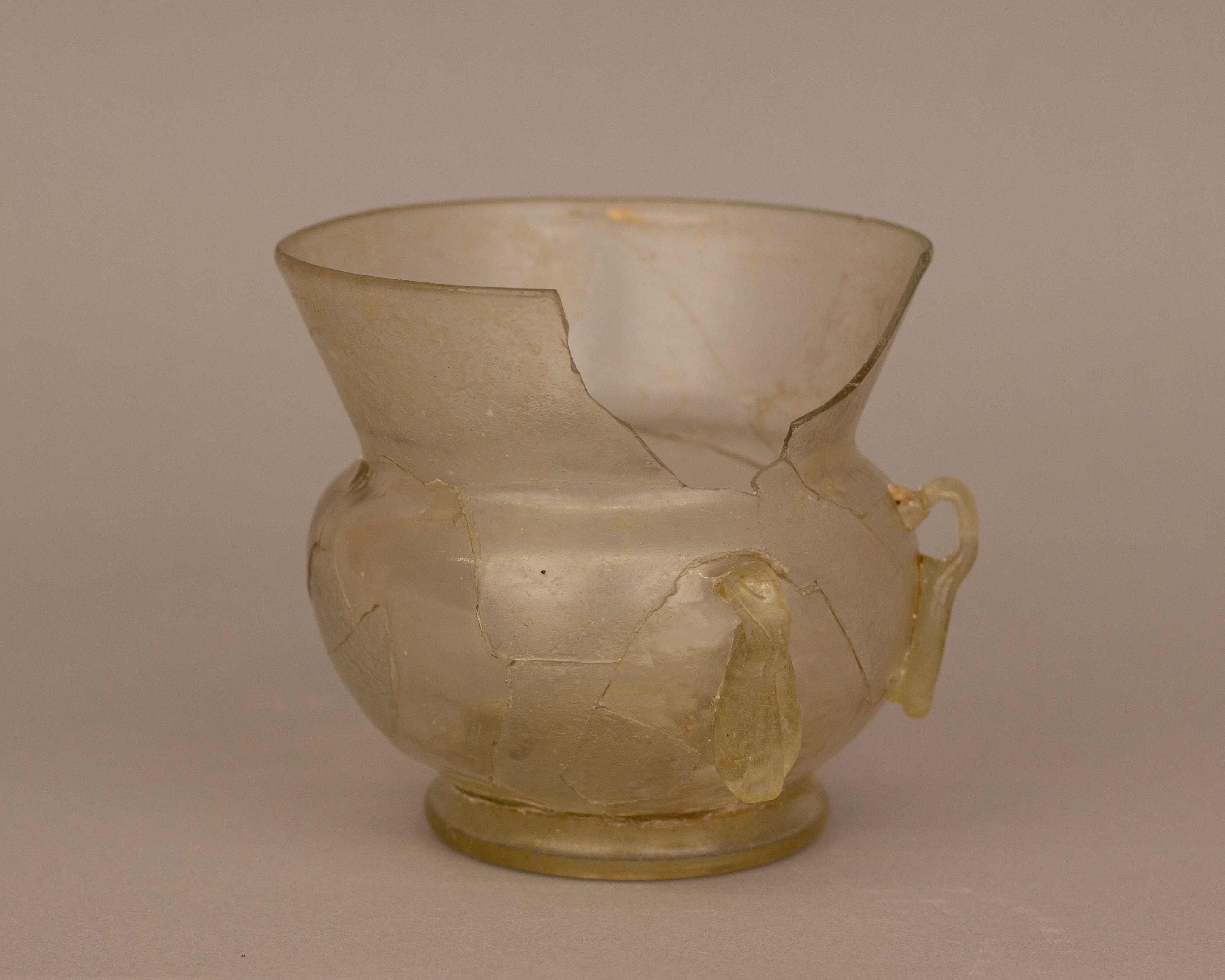
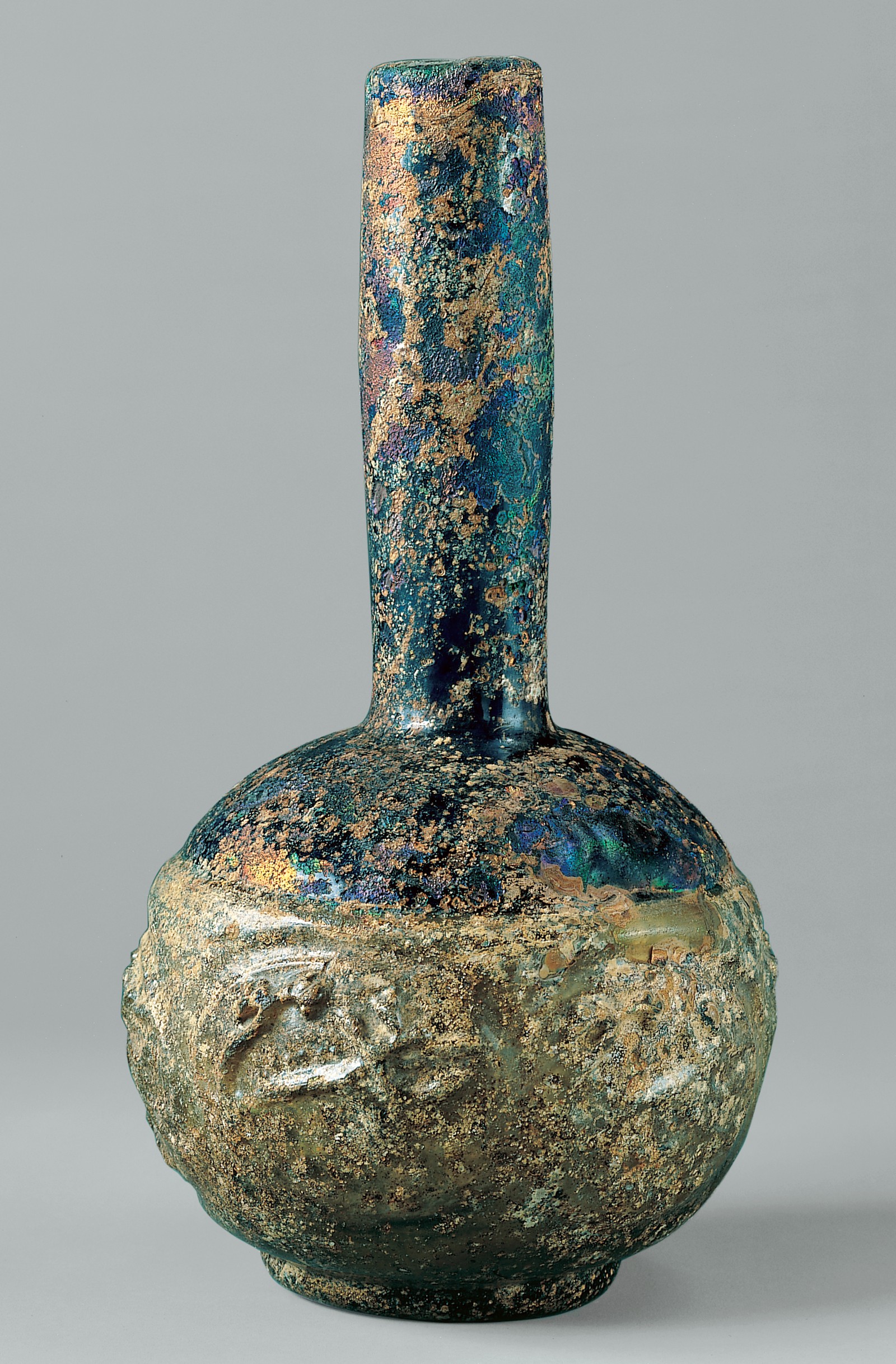
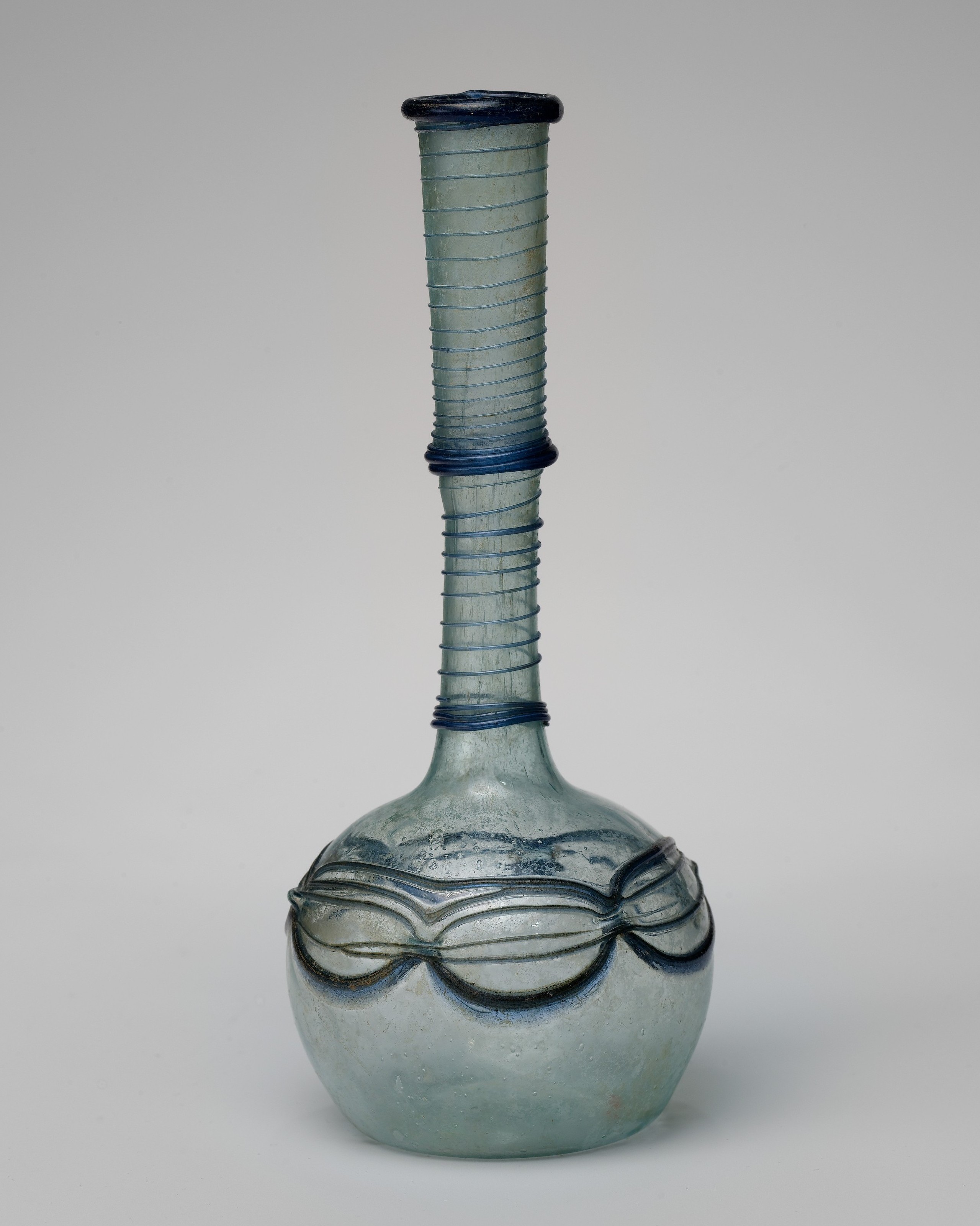
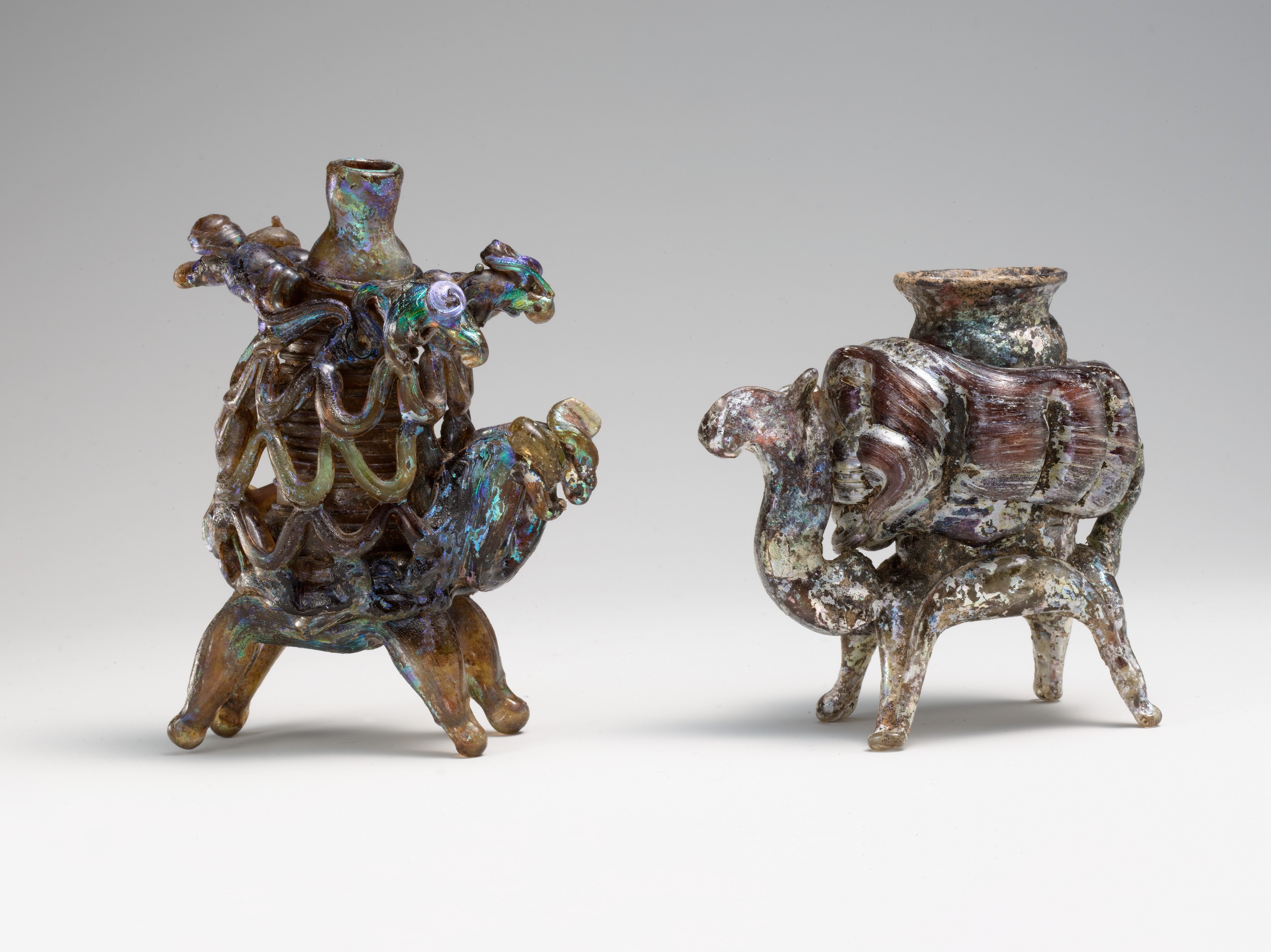
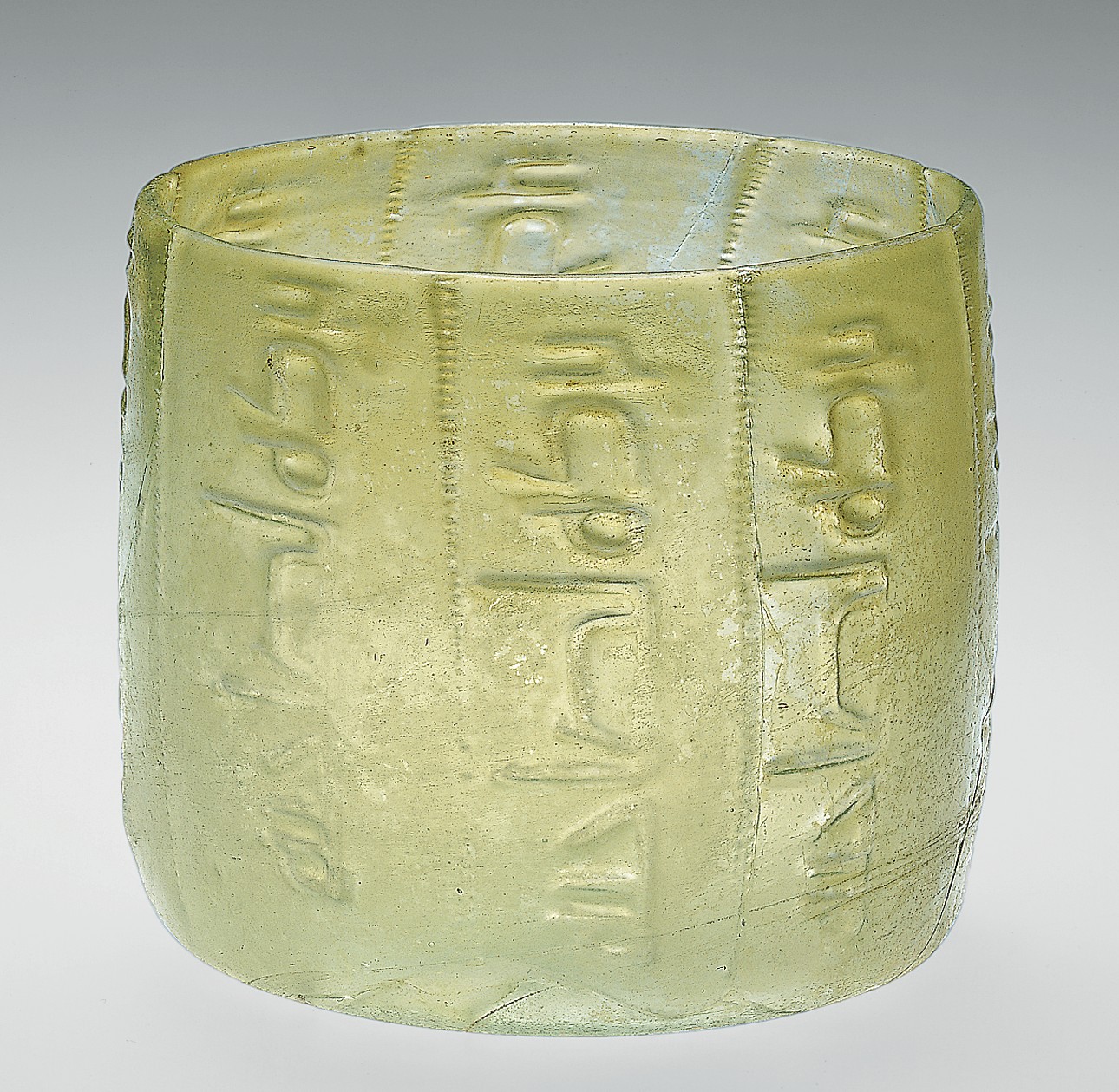
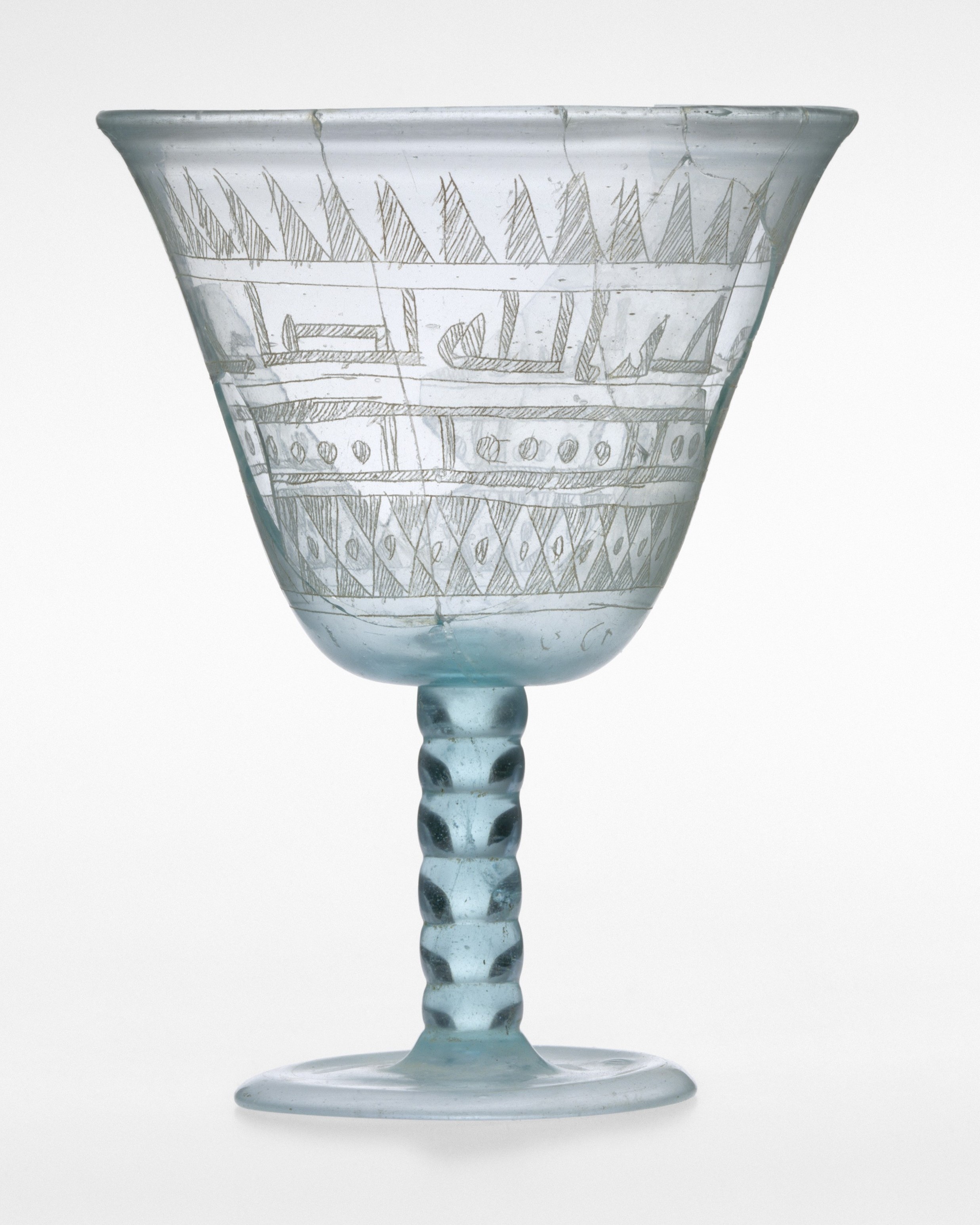
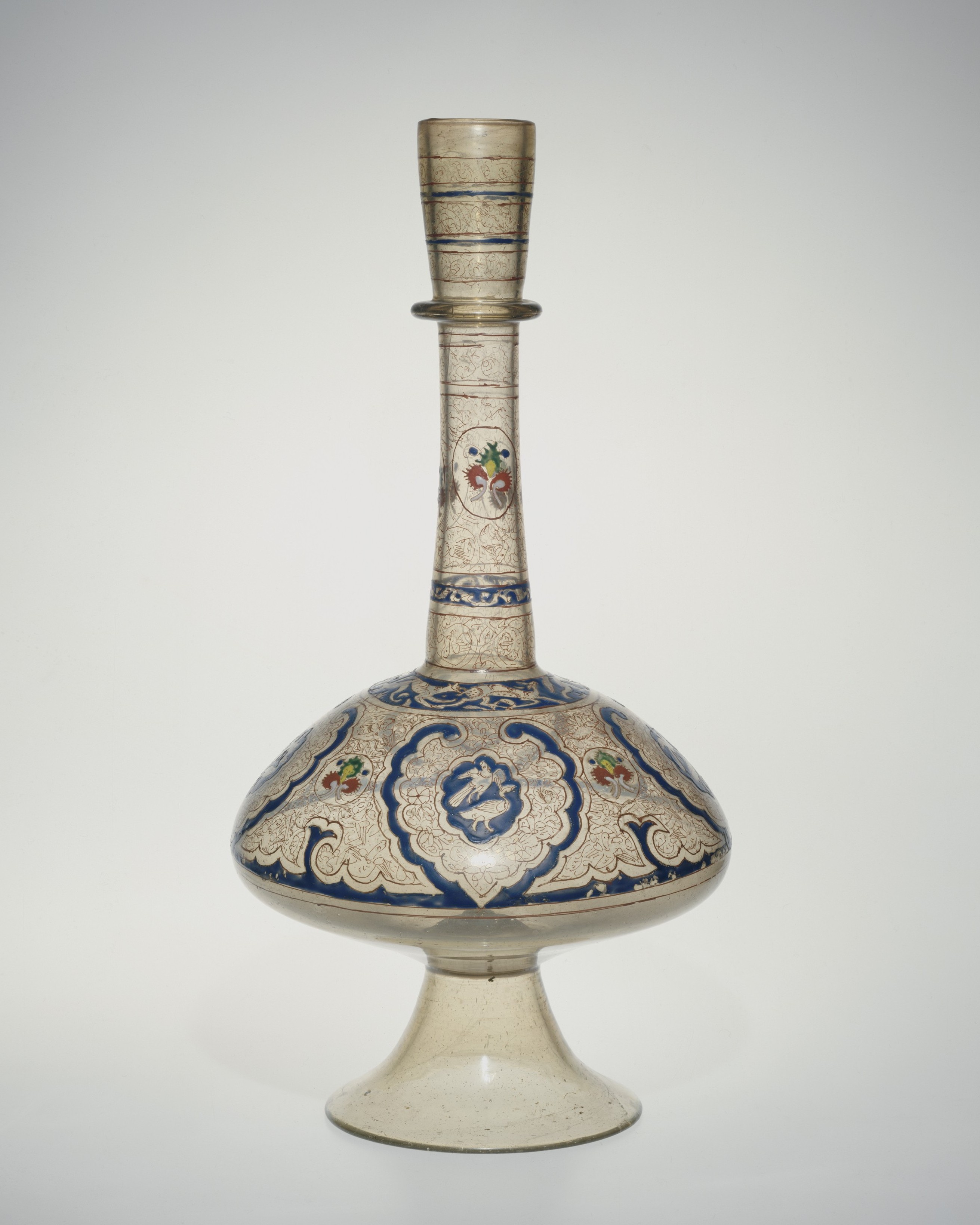
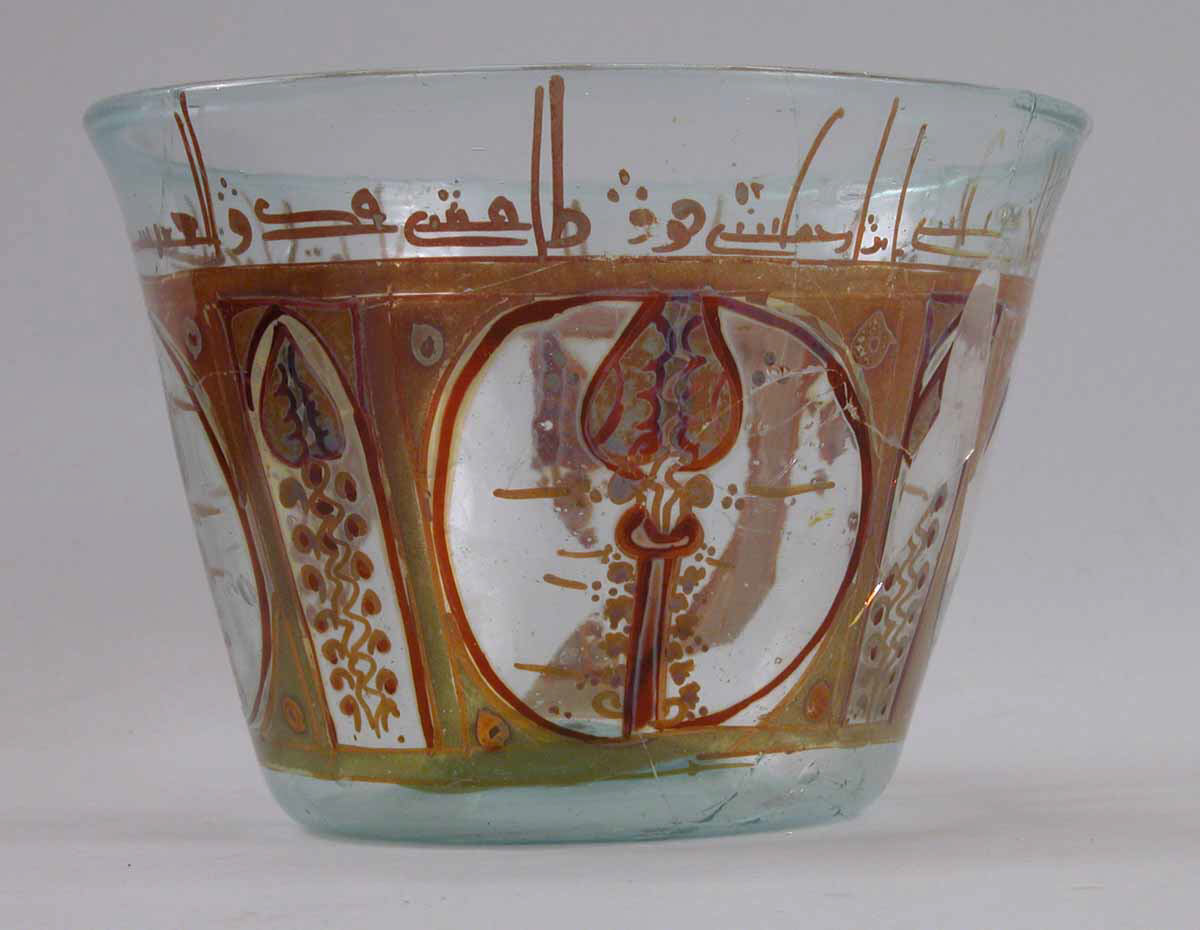
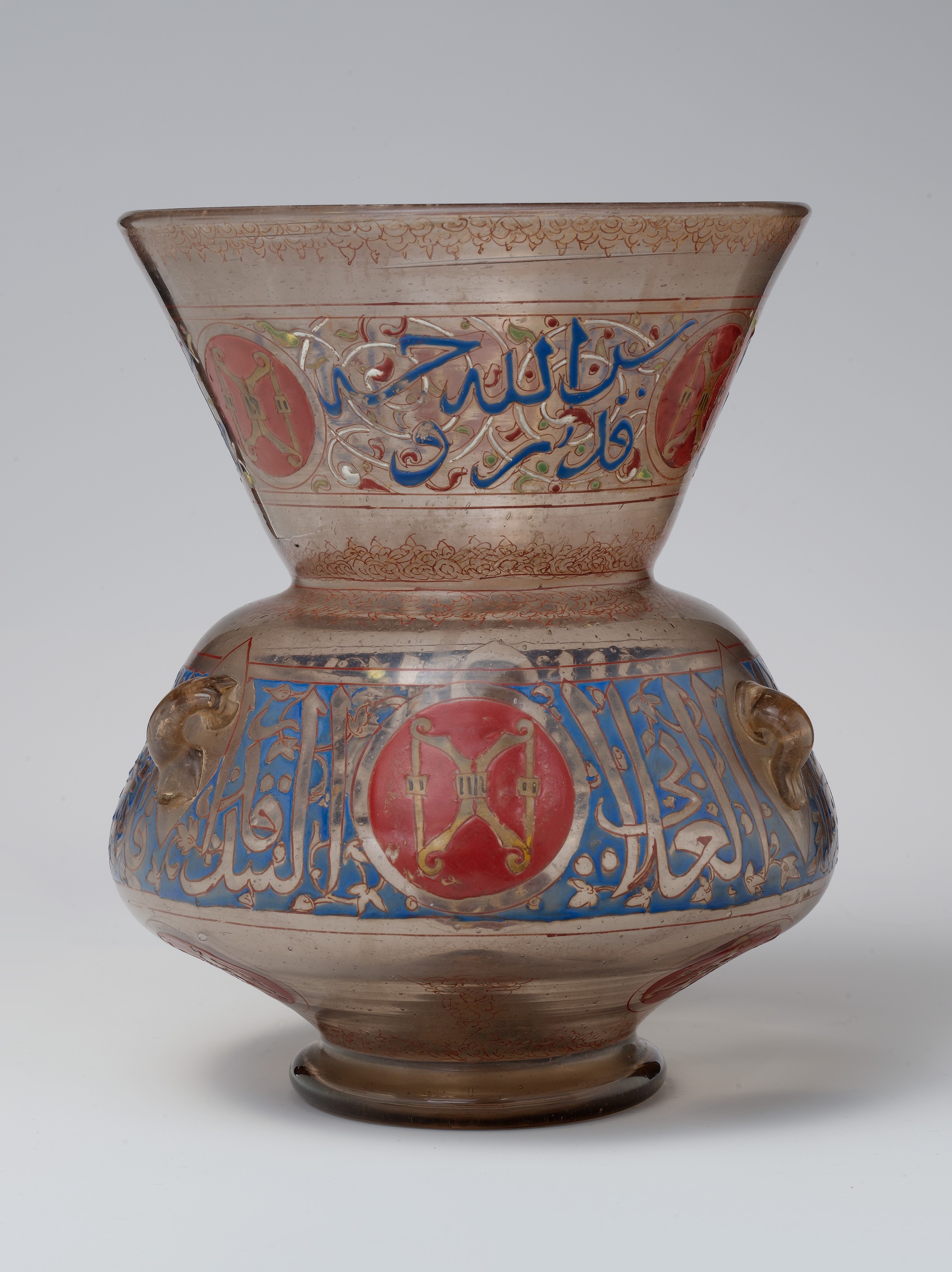
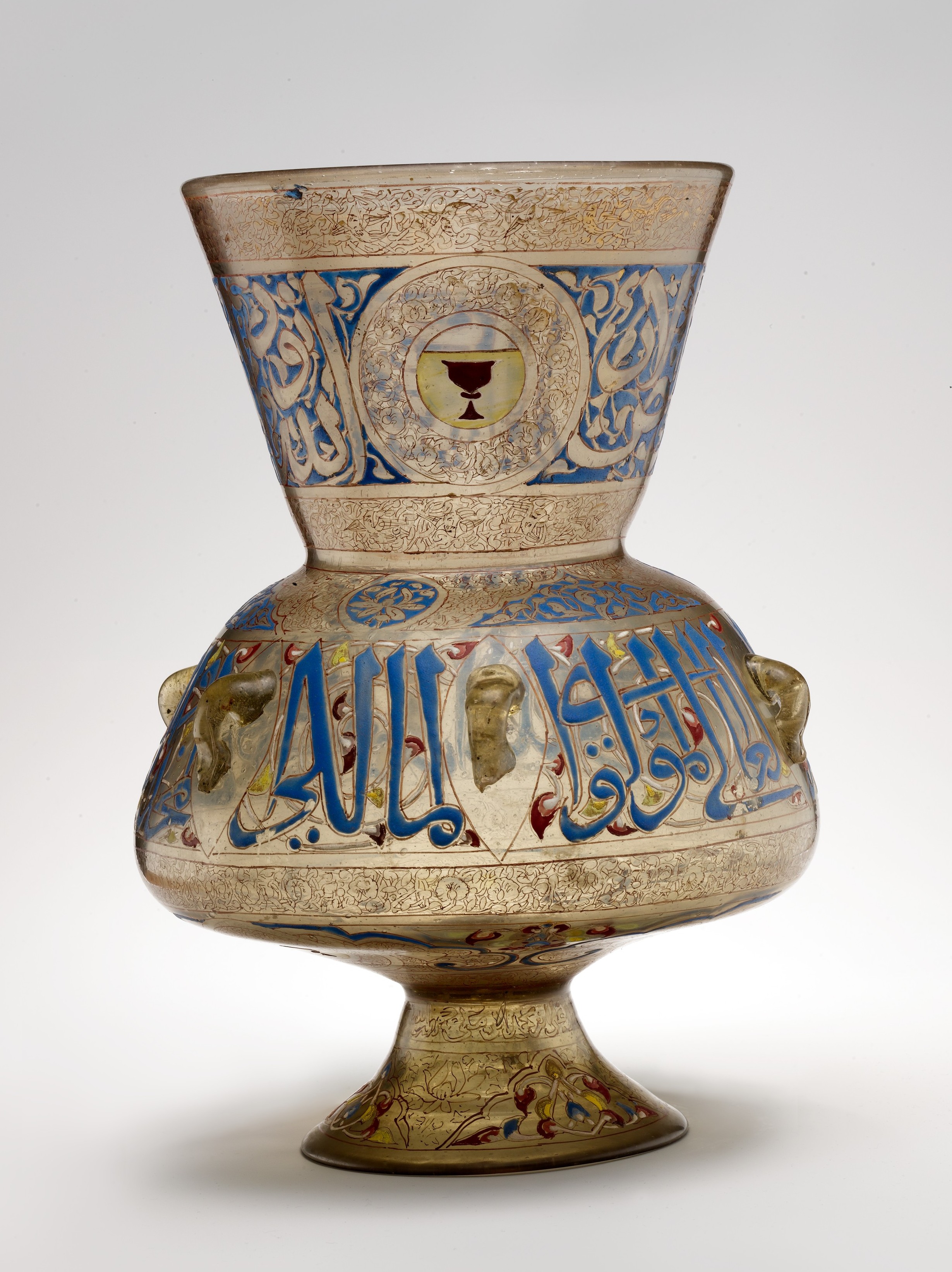
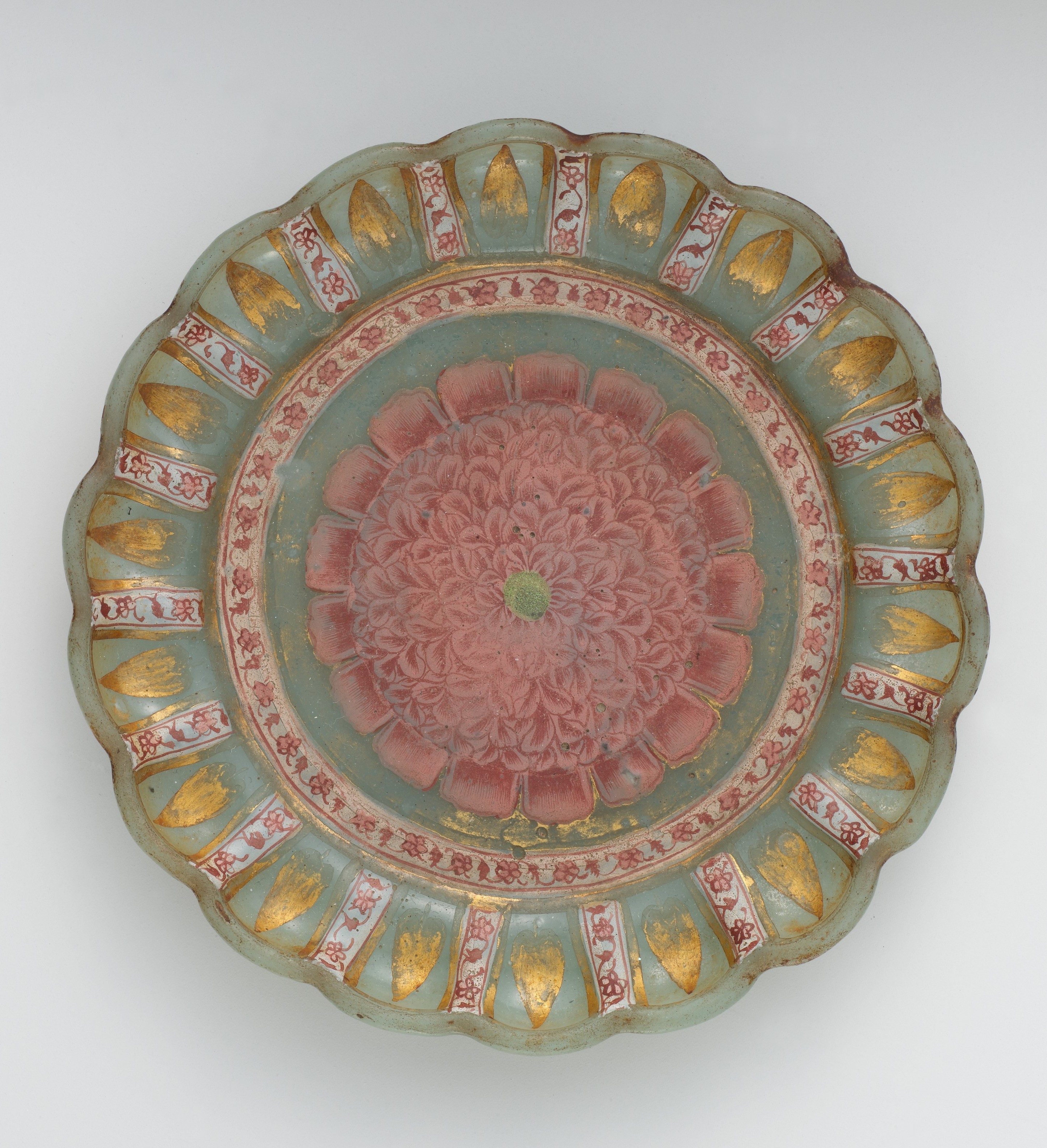
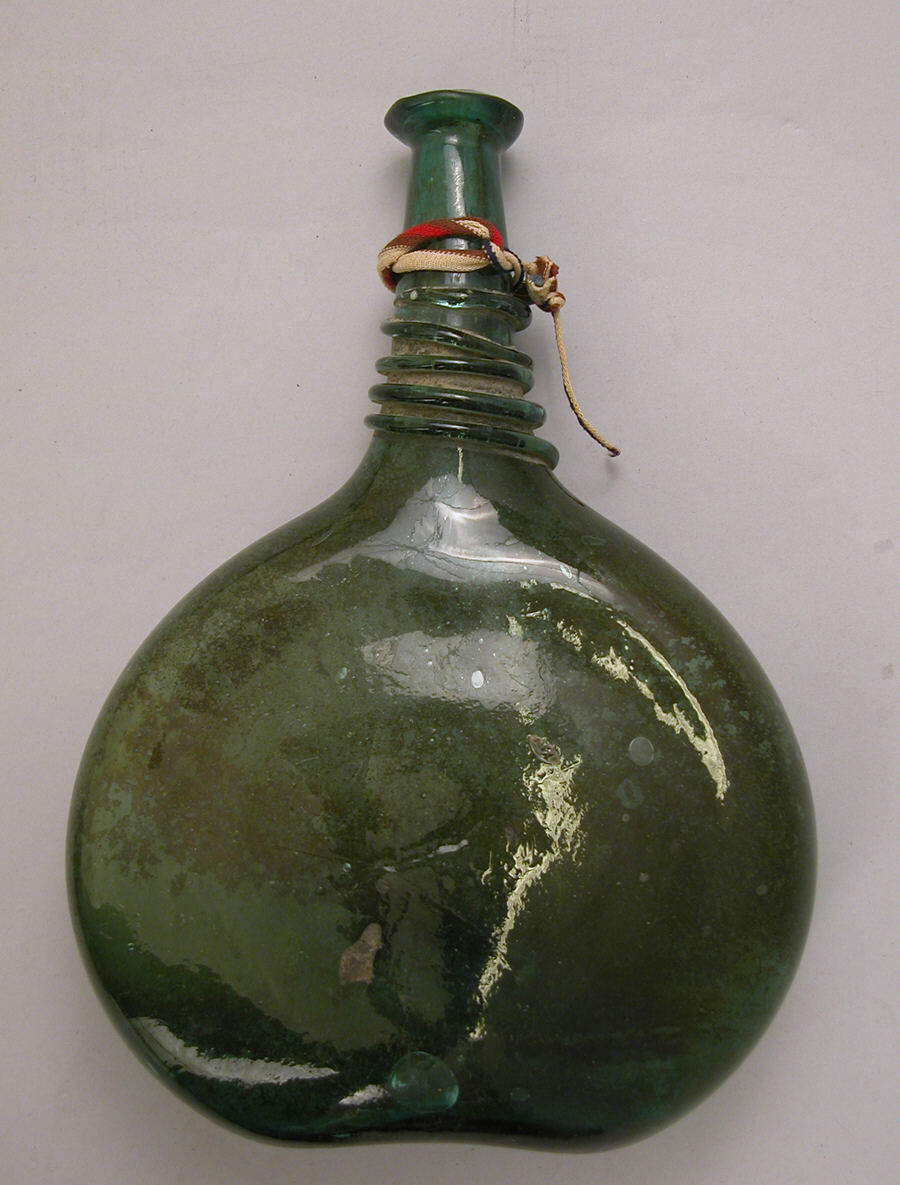
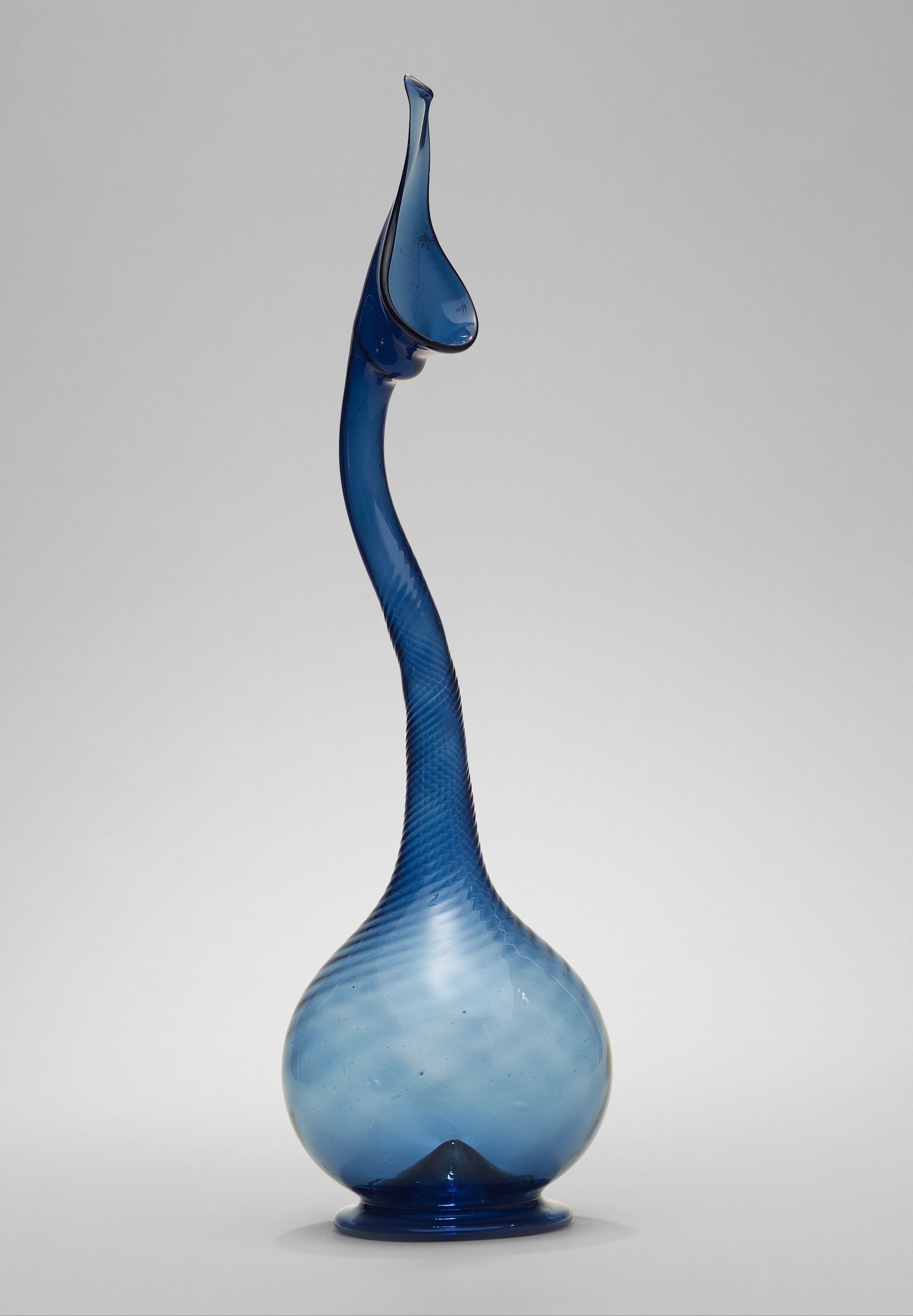




Комментарии
Добавить комментарий